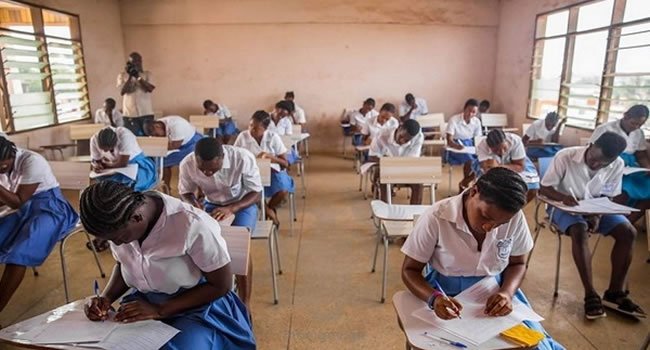International students are beginning to abandon the US, UK, Canada, Australia for other study destinations following increased visa restrictions.
As a result of increasingly restrictive immigration policies by traditional study destinations, Asia and Europe have seen an increase in international students. This is according to a Studyportals study titled, “The Global Enrolment Benchmark Survey”.
Increasing Value of European, Asian Countries
Countries in Asia and Europe are increasingly seen by international students as offering strong academic value, more accessible immigration pathways, and lower tuition fees, making them a viable option.
Also Read:
- Graduate Visas Should be Scrapped For Being Used For Backdoor Settlement in UK - Think Tank Report
- Top 5 International Destinations for African Students, France Leads, China Follows
- Australia Student Visa 2025: New Fees, Work Limits, and Rules Unveiled
- US Resumes Student Visa Interviews With Stringent Social Media Monitoring
Countries like Germany, Italy, Spain, Ireland, the Netherlands, France, and Sweden are said to benefit most from this while in Asia; Malaysia, Japan, China, and South Korea are gaining market share of student interest, in addition to the United Arab Emirates and South Africa.
Breakdown of Studyportals survey
According to Studyportals, nstitutions in Canada continue to struggle with government restrictions and student caps while
interest in the UK has risen 12% since May last year, when the UK confirmed the Graduate Route would stay in place for international students.
President Trump’s administration’s funding cut threats and clampdown on free speech has also affected US enrolments with the US losing 36% of its market share of total student interest since January.
Canada ( 31%), witnessed the highest drop in postgraduate applications while the US and Australia experienced a 13% drop.
The Global Enrolment Benchmark Survey also shows that January-March 2025 intake data shows 34% of schools in the US, UK and Canada reported a decrease in enrollment from the previous year, while 29% reported an increased enrollment, and 27% reported that enrollment remained unchanged.
Trends for international bachelor’s and undergraduate programs show a 34% increase in reported enrollment, with 26% of institutions reporting a drop and 40% reporting no change in enrollment.
























